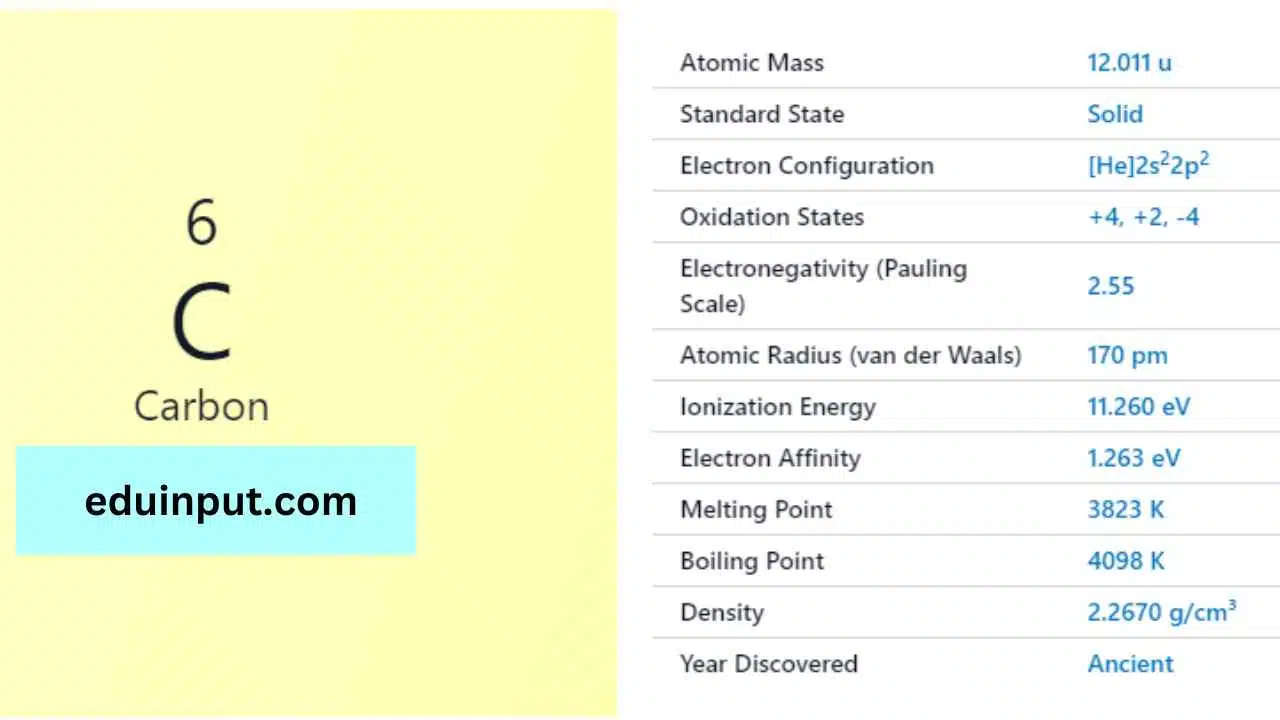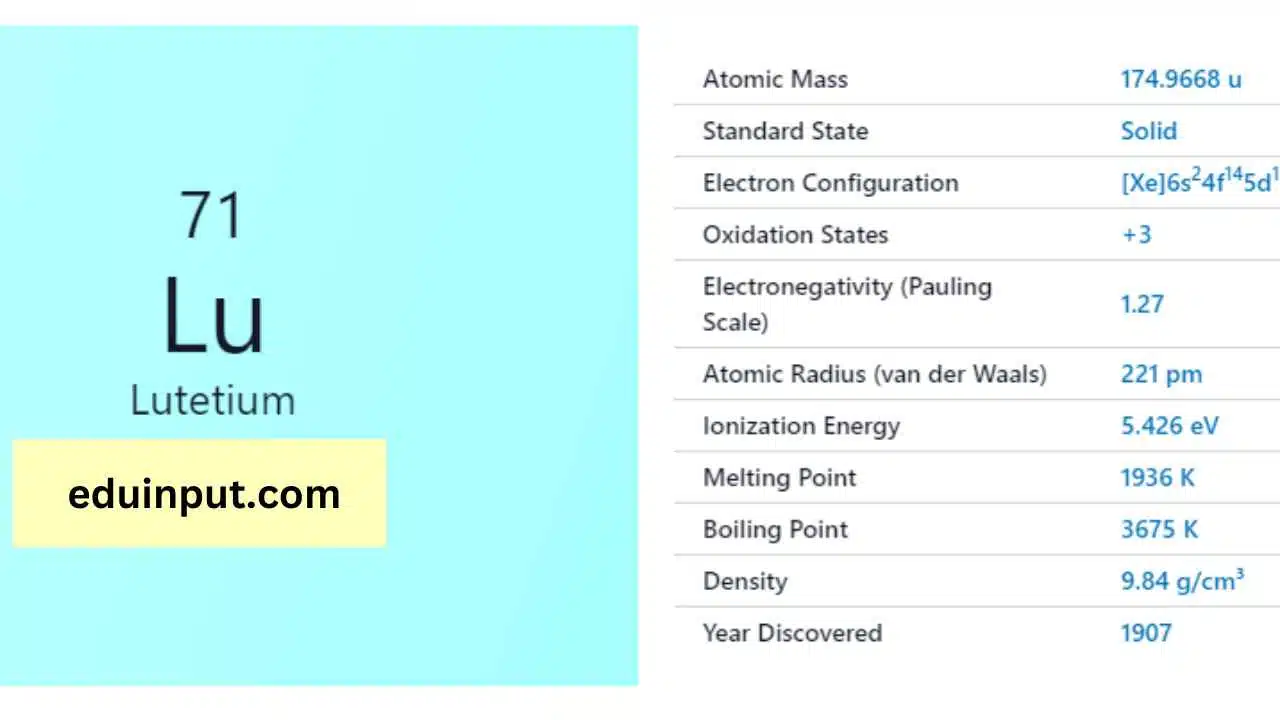Lanthanum-Discovery, Properties, And Applications
Lanthanum is a chemical element with the symbol ‘La’ and atomic number 57. It is a rare earth metal that has unique properties that make it useful in a variety of applications, from optics to catalysts. Despite its rarity, lanthanum has become an important element in modern technology.

| Property | Lanthanum (La) |
| Name | Lanthanum |
| Symbol | La |
| Atomic number | 57 |
| Relative atomic mass (Ar) | 138.904 |
| Standard state | Solid at 298 K |
| Appearance | Silvery-white, Metallic |
| Classification | Metallic |
| Period in the periodic table | N/A (Lanthanide) |
| Group name | Lanthanides |
| Block in the periodic table | 6 |
| Block in periodic table | f |
| Shell structure | 2.8.18.18.9.2 |
| CAS Registry | 7439-91-0 |
Discovery
Lanthanum was first discovered in 1839 by Swedish chemist Carl Gustaf Mosander, who extracted it from a mineral called ceria. The mineral was named after the asteroid Ceres, which was discovered at around the same time. Lanthanum is found in various minerals and ores, and is mainly extracted from the mineral monazite.
Physical Properties
Lanthanum is a silvery-white metal that is relatively soft and ductile. It has a density of 6.15 g/cm3, a melting point of 920°C, and a boiling point of 3,464°C. Lanthanum is also a paramagnetic element, which means that it is attracted to magnetic fields.
Chemical Properties
Lanthanum is a relatively reactive element that readily forms compounds with other elements. It reacts with oxygen in the air to form lanthanum oxide, and with acids to form lanthanum salts. Lanthanum also has a high affinity for oxygen and is often used as a scavenger in metallurgical processes to remove impurities from metals.
Facts
- Lanthanum is a rare earth element that is found in small quantities in various minerals and ores.
- Lanthanum is often alloyed with other metals, such as steel, to improve their mechanical properties.
- Lanthanum is a key element in high-performance materials used in optics, catalysts, and other applications.
Applications
Lanthanum has a wide range of applications in various fields, including optics, catalysts, and electronics. Some of the major applications of lanthanum include:
- Optics: Lanthanum is used in the production of high-quality optical lenses, such as those used in cameras, telescopes, and microscopes. Lanthanum is also used in the production of optical fibers, which are used in telecommunications and other applications.
- Catalysts: Lanthanum is used as a catalyst in a variety of industrial processes, such as petroleum refining, to speed up chemical reactions and increase yields. Lanthanum-based catalysts are also used in the production of plastics, chemicals, and other products.
- Electronics: Lanthanum is used in the production of high-performance electronic components, such as nickel-metal hydride batteries and plasma displays. Lanthanum is also used as a dopant in semiconductors to improve their electrical conductivity.
Lanthanum is a rare earth element that has become increasingly important in modern technology. Its unique properties, such as its use in high-quality optical lenses and catalysts, make it an essential element in a wide range of applications. As technology continues to advance, the demand for lanthanum is likely to increase, making it an important element for the future.







Leave a Reply